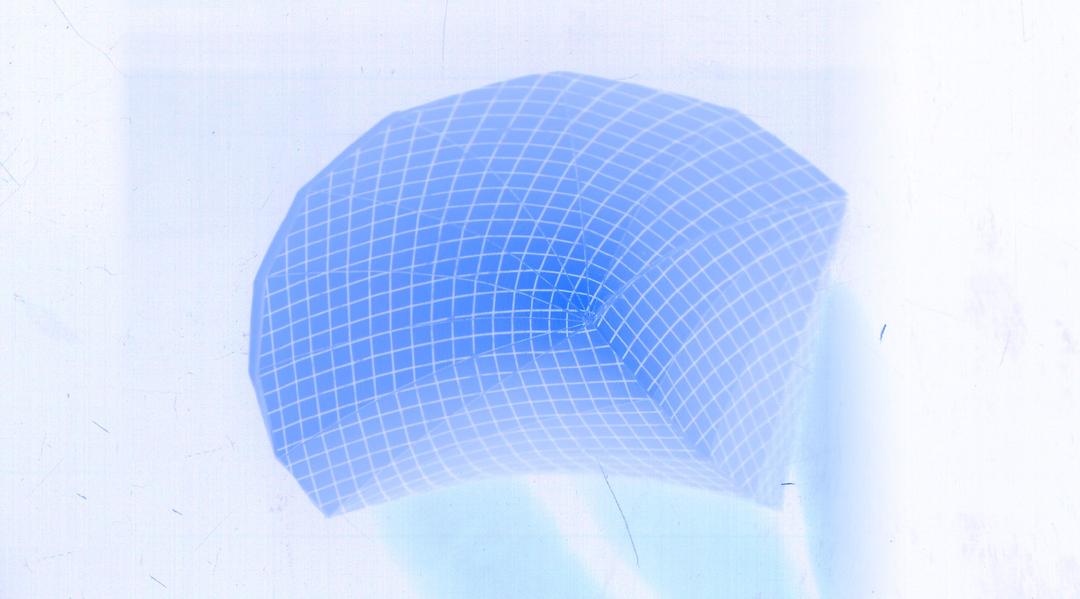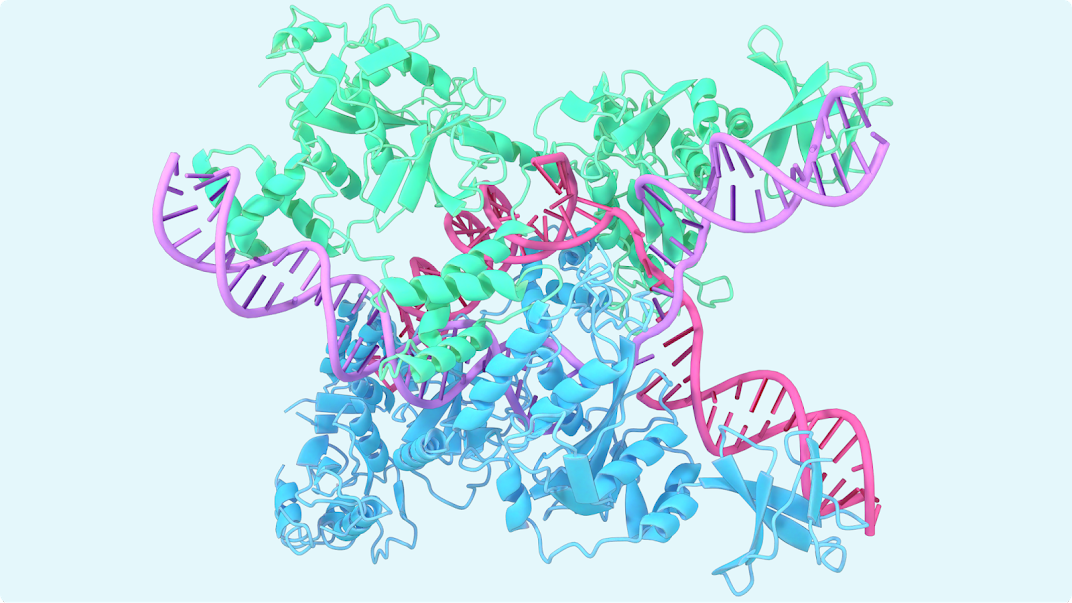China published the most number of science & engineering (S&E) articles, the US National Science Foundation (NSF) reports.
Highlights
With 528,263 S&E publications in peer-reviewed journals, China tops the 2018 list. This means that China accounts for 20.67% of the global S&E research output for this year.
Meanwhile, China is followed by the United States, India, Germany, Japan, United Kingdom, Russia, and Italy. These eight countries combined yielded around 60.27% of last year’s science and engineering-related (S&E) research.
Back in 2008, ten years prior to the reported results, the recorded number of papers published in the S&E sector amounts to 1,755,850. In 2018, this increased to 2,555,959, indicating a huge amount of growth.
Over the past decade, these figures indicate that the S&E sector is growing 4% each year in terms of research output.
A rising powerhouse
In 2008, the United States was the leader when it comes to S&E research. However, China overtook the US in 2018, most likely due to its intensified specialization in engineering over the previous years. NSF reported China’s growth to be twice as fast as the global average.
While China leads when it comes to the number of publications, the United States and the European Union (EU) continue to be the leaders in terms of impact.
NSF measures impact by the number of citations of a country’s published articles. The more citations, the higher the scientific impact. This means that articles coming from the US and EU are the most cited in 2018.
However, even in this area, China seems to be not falling behind too much. NSF said that China’s production of impactful publications is steadily increasing over the years.
Differing strengths
The impact of the publications of the leaders in S&E research is quite different. According to NSF, both the US and EU exhibit more impact in the following subfields of S&E:
- Astronomy
- Astrophysics
- Biology
- Biomedical science
- Geoscience
- Health science
- Psychology
- Social Science
Meanwhile, China’s impact is more pronounced in S&E subfields such as:
- Agricultural science
- Chemistry
- Computer
- Information science
- Engineering
- Materials science
- Natural resources and conservation
- Physics
Growth in the international scene
Apart from the considerable growth of the individual countries, NSF also emphasized that there is a significant growth in international research.
According to NSF, international collaborations increased in 2018, now with about 1 out of 5 articles published in 2018 with coauthors originating from more than one country.
NSF attributes this to the accelerated growth of countries that were once small producers of research one or two decades ago. With more countries involved in the research sector, collaboration is more likely.
Increased international collaboration is of course highly favourable since it allows the exchange of knowledge bases of the countries which further catalyzes growth in the S&E sector.
The Fourth Industrial Revolution is unfolding right before our eyes. Now more than ever do we need research firepower to pave the way to disruptive innovations that will improve humanity’s quality of life.










